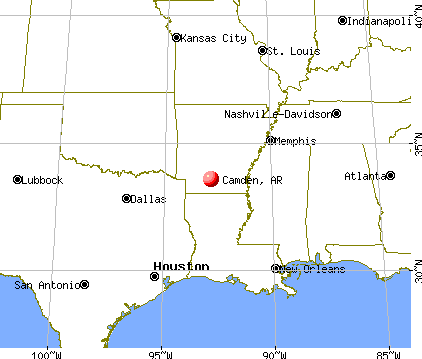THE ALABAMA LANDING
by
Jon R McKinnie
Hernando DeSoto’s expedition
In 1541-1542, Spanish explorer Hernando DeSoto’s expedition included the first white men to explore this particular area of north Louisiana. They had traveled throughout mid-America from the Mobile, AL starting point and, in time, to south Arkansas and north Louisiana.
Expedition journals record they spent the winter of 1541 at an Indian village somewhere within the area of what’s now known as Camden, AR.
The land south of there was a long stretch of low-lying swampy area. (The US Geological Survey has documented the Red River – Alabama Landing fault which created a 25 foot drop in land level, extending from Smackover Creek, south of present day Camden to just north of the Alabama Landing.)
The only way to move south was down the Ouachita River. The DeSoto expedition constructed boats, left the Camden area, floating down the Ouachita River, and eventually discovering a “beautiful, firm, rocky landing spot” which some researchers believe became known as the Alabama Landing. This was the first bluff with gravel banks encountered south of Camden on the west side of Ouachita River.
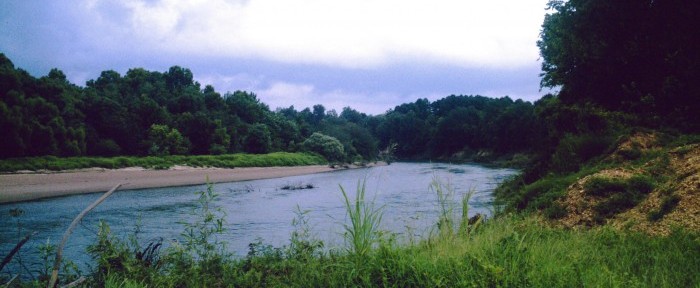
Searching for gold and silver, the explorers disembarked and traveled west through what’s now the Shreveport area, continuing to north of Houston. Giving up on their quest, the explorers turned back, retracing their path through north Louisiana, up the Ouachita River and Bayou Bartholomew, and over to the Mississippi River. However, Desoto died while they wintered in the area of Lake Village, AR. Following his death, they abandoned the expedition, built boats and floated south to the mouth of the Mississippi.
Alabama Landing named in early 1800’s
According to early maps, Alabama Landing received its name in the early 1800’s. (Coordinates are N 32 degrees 52.384′, W 92 degrees 05.344′) The landing had been in use for years when, in the early 1800s, many settlers from Alabama came ashore and began establishing in the higher elevations west of the Landing. (There was also an adjacent ford on the upstream side.)
My 3rd great grandfather, Louis Reppond, was born 1789 in Ft Miro (now Monroe, LA). As a young man, the story goes he wanted to settle upriver and near the Alabama Landing; exploring the area, he discovered Reppo Creek, which is north of the Landing.
The first substantial ridge he encountered on the edge of the swamp was occupied by an Indian village. In 1834, Louis Reppond purchased the 80 acres for $100 from the United States, and it became the Reppond homestead. As a young girl, my grandmother Ethel Mary Jane Reppond McKinnie remembered an old Indian man living on the property; when he passed away, her family buried him on the property. Out of respect, a pecan tree was planted over the grave. The Reppond homestead, now McKinnie family property, has remained in the family for 179 years.
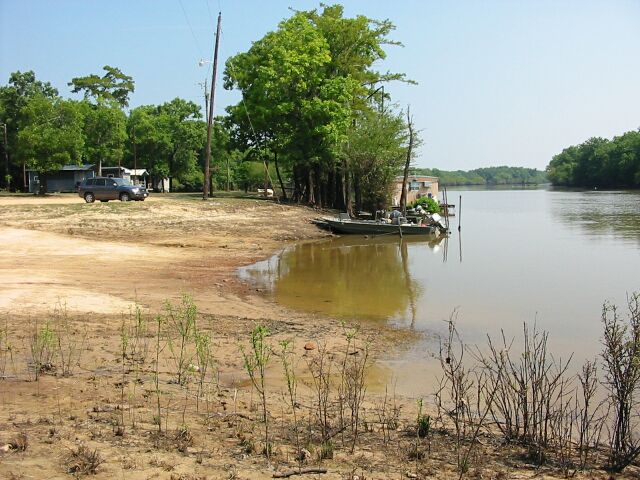
Some of the early settler families in the Alabama Landing area included Reppond, McKinnie, Day, Hargis, Turner, George, Crow, Byrd, Abscent, Lee, Thomas and Love.
Cotton is planted
By 1830, Alabama Landing was a center for passengers coming to Union Parish or going northwest. During this period, four large warehouses were constructed for storing cotton and farm products heading south. Stored merchandise was hauled by ox-drawn wagons to Shiloh, Union Cross Roads (Oakland), Marion, and Upper and Lower Pines (Farmerville).
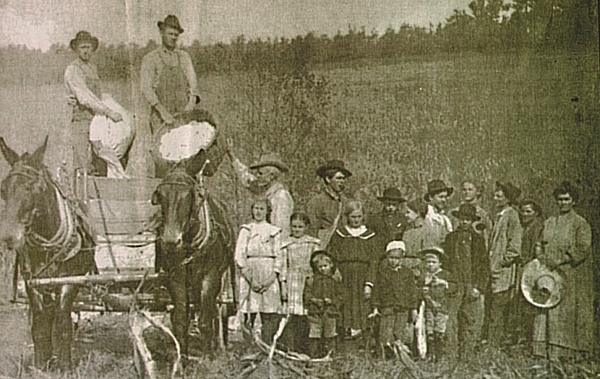
In 1832, one new community (10 miles west) was named Marion, in remembrance of their hometown, Marion, AL Dean, another local community, became more established in 1900 when the railroad was extended from Huttig, AR, to gain access to virgin timber.
A road east toward Bastrop, Lake Providence and Vicksburg was present at least by the 1840s. So not only did steamboats unload settlers at the Alabama Landing (they likely could go no farther upstream for much of the year), but overland wagons from the east crossed at this site.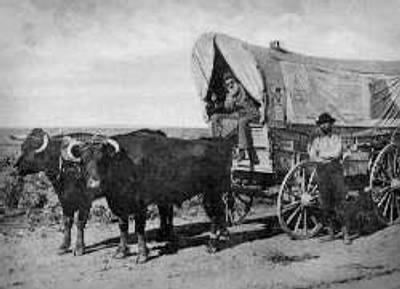
During early settlement days, heavy wagons were pulled by yokes of oxen, transporting freight to and from the docked steamboats at the Alabama Landing port. When each steamboat landed, a small cannon was fired, letting the pioneer families know they had arrived. Since there were no stores in the area, it was necessary for families to meet the steamboats and barter for supplies.
One such steamboat, City of Camden, plied her trade along Ouachita River, making stops from Camden to Alabama Landing and Ouachita City in Union Parish, and perhaps at Port Union, further downriver at the mouth of Bayou d’Loutre, then on to New Orleans. The steamboat was perhaps too large to traverse Bayou d’Arbonne from Monroe to Farmerville.
Roads Established
Early roads in Union Parish were probably not much more than improved Indian trails. On July 9, 1842, Union Parish Police Jury authorized “Planters Sandy Road” to be cut from Farmerville eastward to the river port, Alabama Landing. The police jury appointed John Hill as overseer, and the following hands were assigned: Iasmes Powell, Sands Lewis, M. Powell, Joseph Taylor, Classus Taylor, Charlie Abscent, Milliard Briggs and Rechel Bop.
Planters Sandy Road began at Farmerville, following what is now Ward Chapel Road to near Antioch Church, across d’Loutre at Ned Lee’s crossing, to Liberty Baptist Church and east to intersect the Arkansas Road at Linville Trading Post, to the Will Beasley farm, to the Ben Robinson place, to the Four Mile Post, and on to Alabama Landing.
Lewis G. Campbell opened a post office there on January 3, 1878, naming it “Alabama.” However, it closed on September 5, 1882, and mail was redirected to Marion.
Railroads, the new means of transportation
In the last part of the 1800s, a fire destroyed the riverfront warehouses. Railroads, the new means of transportation, took over passenger movement, mail distribution, and commercial trade in the area. The era of Alabama Landing was passing and continued to decline to present times.
Winnie Wheeler Thompson recalls her father, John Wheeler, talking about going to the Alabama Landing on the 4th of July (during 1900-1940). Her grandparents, Thomas Jefferson “Jeff” Wheeler and Mary Johnston Wheeler, “packed up a wagon with fried pies, tea, potatoes, grease, onions, cornmeal and whatever was growing in the garden and orchard, along with some fishing poles and worms. Grandpa Jeff always brought his fiddle, too. They headed to the Alabama Landing with kids Percy, Ethel, Eula Pearl, Cora, Charlie, Heloise, and her dad John. The kids took turns walking or riding in the wagon. They spent the next couple days fishing, playing and swimming. They had a fish fry with whatever they caught, socializing with other families for the holiday. It was always an event.”
Beginning in 1900, Dean Baptist Church conducted their baptisms in waist deep water at the Alabama Landing. The church congregation gathered on the shore to sing hymns, pray and witness the rebirth of Christians, emerging from the waters of Ouachita River.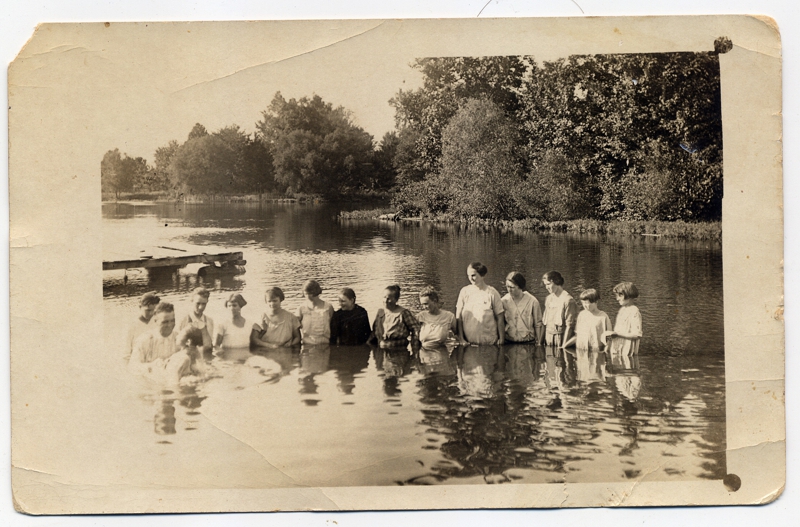
There were always “river rats” living on the river, not the animal type but humans who subsisted off the river. Haynie Lee Fisher was one of the more colorful characters, living at Alabama Landing in a makeshift houseboat, fishing and assisting boaters for tips. Haynie never married, stating “Never could find a woman who wanted to live on the river. They all want to live in town, but you can’t grow a garden in town.”
Fishing on the Ouachita
During the 1940s-1960s, Chris Fox, Walter Smith, Guy Upshaw and Jay DeVille made livings and raised their families by commercial fishing. Those times are gone. Chris Fox drowned during the winter of 1961, wearing his slicker suit and hip boots; his body was not found until the next spring.
My father, Dub McKinnie, worked for Southwest Gas for 43 years and was a commercial fisherman on the side. Using hoop nets, we primarily caught buffalo fish, catfish, carp and gasper goo, selling them to “peddlers” that met us downstream at Alabama Landing. I remember once, we had caught 1,300 pounds of buffalo in one net. The wooden boat was full to the gunwales, water lapping over the front of the boat. I thought we would become the first “submarine” on the river! At 25 cents per pound, this boatload brought ~$325, probably more than Dad made in a month.
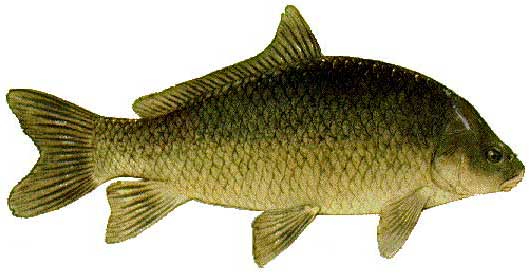
Starting in the late 1970s, the Ouachita River bottoms were acquired by the federal government using Federal Duck Stamp funds. According to Joseph McGowan, manager of the Upper Ouachita National Wildlife Refuge, the Refuge was established in 1978 to provide habitat for migratory birds and waterfowl and for the conservation of the wetlands. Most of it was purchased from Pennzoil Producing Company, landowners, the Nature Conservancy, and the Conservation Fund. Currently the Refuge consists of 42,954 acres located in Union and Morehouse Parishes.
Check out all these books by Donna R. Causey
Click here to Join Amazon Kindle Unlimited 30-Day Free Trial and choose from over one million Ebooks to read for FREE!
and choose from over one million Ebooks to read for FREE!
Discordance: The Cottinghams (Volume 1) – A novel inspired by the experiences of the Cottingham family who immigrated from the Eastern Shore of Virginia to Bibb County, Alabama
Filled with drama, suspense, humor, and romance, DISCORDANCE continues the family saga from the Tapestry of Love series with the children of Mary Dixon who married Thomas Cottingham.
Inspired by true events and the Cottingham family that resided in 17th century Somerset, Maryland and Delaware, colonial America comes alive with pirate attacks, religious discord, and governmental disagreements in the pre-Revolutionary War days of America.
Orphaned at an early age, the Cottngham siblings face pirate attacks, illness, injuries, and the disappearance of a loved as they try to establish their lives in the wilds of early America. Will they prevail or be torn apart over the issue of slavery?
As in the Tapestry of Love series, the author takes the reader back in time to the beginning days of America. DISCORDANCE: The Cottinghams will appeal to a wide-range audience.
REVIEWS
I like all the books in the series.
The author has captured the reader’s attention with a new story. Well done Donna.
